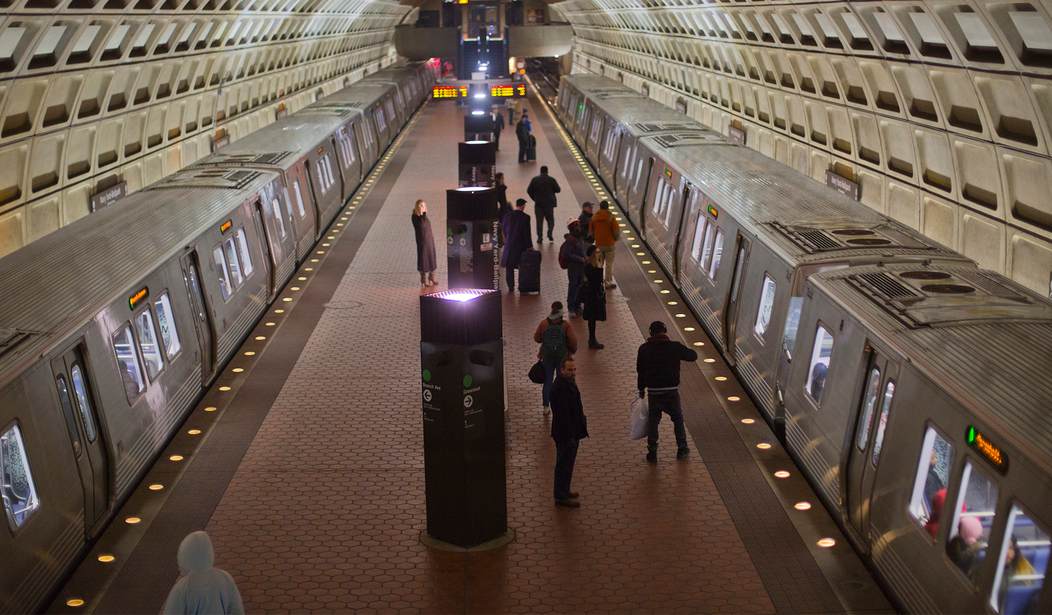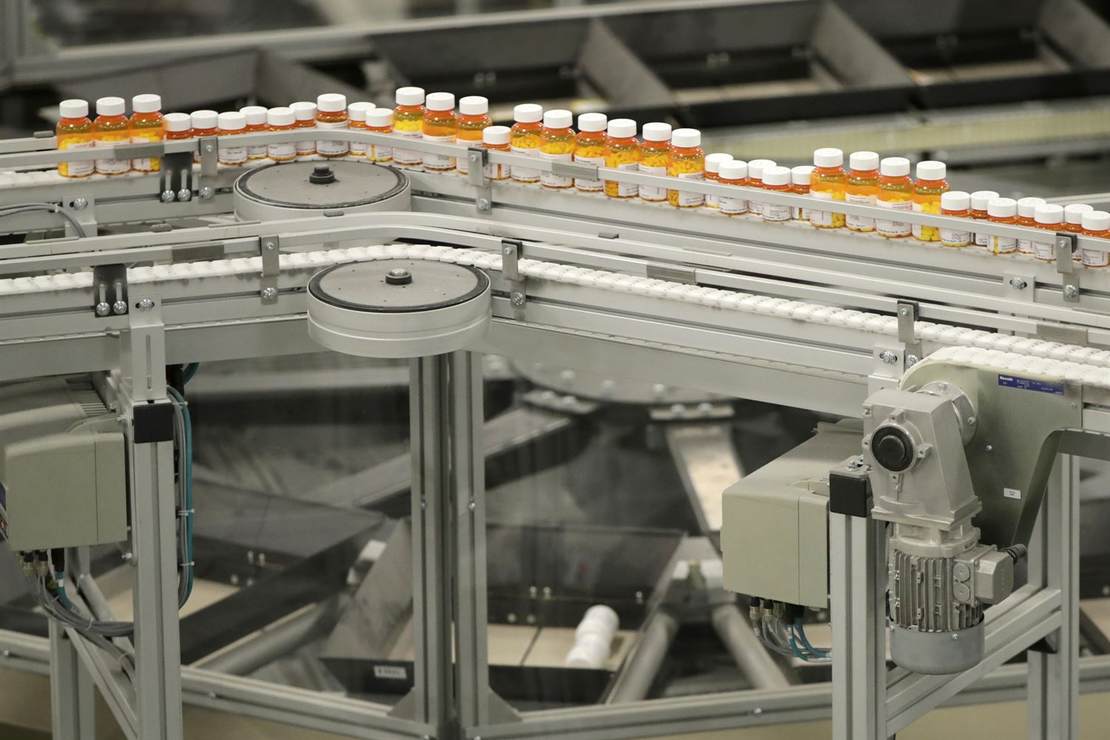
As I’ve been pointing out for a while now, mass transit is dying thanks to a pandemic that has accustomed many white collar workers to spending one or two days a week at home. The situation is especially grim in the Bay Area which was once considered one of the best rail and bus systems in the country.
Its pre-COVID ridership is unlikely to return in the next decade, making BART’s future especially perilous as transit agencies across the Bay Area and the nation project massive budget shortfalls.
In its worst-case scenario, BART would impose mass layoffs, close on weekends, shutter two of its five lines and nine of its 50 stations and run trains as infrequently as once per hour. Those deep cuts, agency officials say, could lead to the demise of BART.
Today, Vox published a story today about how to save public transit from the urban doom loop that is dragging it down. The secret is more government money:
…a death spiral is not inevitable. To escape it, transit leaders must offer a full-throated defense of their essential role in American life. They must then secure new and reliable revenue streams from state and regional sources, which will require convincing residents and legislators that transit is worthy of subsidy — not an easy thing to do in a country where the vast majority of people don’t ride the bus or train. “Do you know how many times the median American rides transportation each year?” Brian Taylor, a professor of urban planning and policy at UCLA, asked me. “Zero.”
Vox quickly pivots to a PR argument. If you want to raise government funds, the only way to do it is to present public transit as a service that saves the environment by reducing car trips. What you can’t say is that it’s mostly used by low income people who maybe don’t have a car.
The only realistic way for transit officials to garner public support for the funding they desperately need is to demonstrate an ability to replace car trips, not just serve economically disadvantaged people who lack other means to get around their city. Otherwise, they forfeit the pro-transit arguments that resonate most with the public: curtailing congestion, reducing auto emissions, and boosting economic growth.
And to replace cars, transit agencies must offer fast, frequent, and reliable trips. This should be the core mission of any functional public transportation system, but increasingly, transit leaders are being pushed to focus on distracting priorities like electrifying buses, eliminating fares, and fighting crime. The biggest US transit agencies must be allowed to simply focus on delivering high-quality service. There is no Plan B…
Taylor, the UCLA professor, agreed. “When framed as a social service, transit hasn’t done well securing funding,” he said. “But when it’s framed as an environmental benefit or as getting people off the road, that can work.”
That all sounds good but as I pointed out here, people in LA don’t want to get on the trains if there’s a good chance they’ll find a homeless person smoking fentanyl inside or possibly even a dead body.
Drug use is rampant in the Metro system. Since January, 22 people have died on Metro buses and trains, mostly from suspected overdoses — more people than all of 2022. Serious crimes soared 24% last year compared with the previous.
“Horror.” That’s how one train operator recently described the scenes he sees daily. He declined to use his name because he was not authorized to talk to the media.
Earlier that day, as he drove the Red Line subway, he saw a man masturbating in his seat and several of what he calls sleepers, people who get high and nod off on the train.
So, staying focused on service rather than getting distracted with crime sounds good but it’s not going to work if people don’t want to ride with drug addicts. Vox’s piece concludes by saying that, not matter what, mass transit systems can’t agree to cut service because that would be the end:
The focus must be on providing the high-quality service that reinforces transit systems as assets worthy of investment. The alternative — widening budget deficits and deteriorating service — would be a tragedy for some of America’s greatest cities.
“Right now we are still in a crisis,” said Bloom. “But if you want to make today’s low the permanent low, cut the transit service.”
“You won’t get it back.”
That may be true but it’s also not a very serious approach. The fact is that mass transit is just one leg of the urban doom loop and, if you’ll forgive the pun, it’s not the driver. What’s driving the downturn is obviously more urban workers spending more time working from home. That’s not likely to change anytime soon which means there’s no longer a need for a mass transit system that runs trains or buses every 10 minutes. That system may have been appropriate when you had the ridership you had in 2019, but it’s definitely not appropriate now that ridership is down 40 percent. In other words, sensible cuts need to be made to make the system match the ridership, rather than just demanding more taxpayer money to fund a system fewer people are using.



